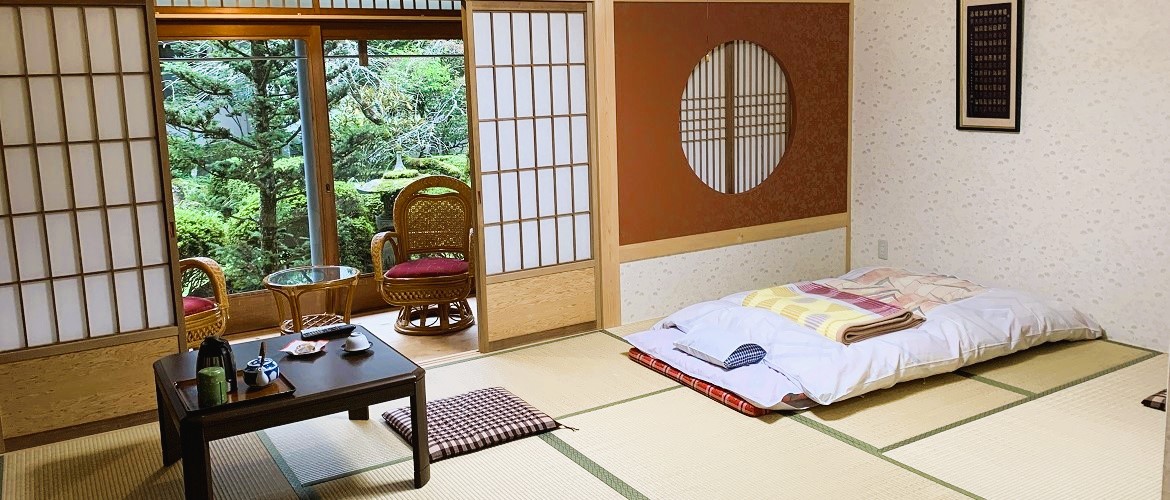This may come as a surprise to foreign visitors, but there is simply no official Japanese hotel ranking system in existence.
It is true that Japan does not have an official, government-mandated hotel star rating system like some other countries. However, hotels and ryokan (traditional inns) can be classified through various private organizations and industry groups although such classifications may not carry the same weight as official hotel rating systems in other countries.
To figure out the category or classification of a Japanese lodging facility, one should start by looking at the rates and location unless it is associated with an easily recognizable international chain. Luxury hotels are generally centrally located with most of them affiliated with hotel chains. If the location is remote and the rates very high, it usually means this is a ritzy resort or a high-end ryokan with private onsen (hot spring) bath that are perfect for weekend getaways but not so for international visitors on a sightseeing trip.

An experienced Western traveller can quickly figure out its classification or category if a hotel carries the brand name of a Western hotel chain, such as Marriott. On this front, Japanese brands suffer a disadvantage among international visitors due to lack of brand recognition and consequently offer rates lower than similar hotels under the management of leading international hotel chains. However, you’ll have to be careful here because the Japanese brands give priority to domestic market and you may run into serious language issues should an emergency or disagreement arise.
Among the many types of accommodations available in Japan, middle-class Westerners generally prefer Western-style hotels and high-end traditional ryokan (旅館) with private or shared onsen bath. Hostels, budget hotels and Minshuku (民宿, bed & breakfast) are not recommended to middle-class consumers expecting a touch of luxury.

How does Laurus Travel select hotels for its Japan tours?
We use premium or first-class hotels for our Japan tours. Some of them are international brands that Westerners are familiar with, such as Hilton, Crowne Plaza and InterContinental (IHG). Based on our decades of experience travelling the world, we are confident that the Japanese hotels we use for our Japan tours are all 4 stars or above (4.5 stars and lower-end 5 stars). Japan is the only country, up to now (February 2025), where we use 4-star hotels because genuine 5-star (luxury) hotels are too expensive unless we sacrifice location.
Some of our competitors mimic every move we make including following us to the same hotels. However, as a savvy consumer, you should ask them what types of rooms they actually book for their guests because this is where many tour operators cut corners. Many Japanese hotels including those under foreign brand names have guest rooms that can vary by 50% in size (we are not talking about suites). ANA Crowne Plaza hotels across Japan are good examples. A “standard” single room can be as small as 16 or 17 square metres. When we book rooms at such places, we make sure our rooms are among the larger ones they offer. Anything smaller than 26 square metres are to be avoided except for some small towns or cities, such as popular Takayama, where rooms in centrally located modern hotels tend to be small.
During cherry blossom season (late March to early April) and autumn foliage season (late October to early December), Japanese hotels become very expensive across the board. In those seasons, no matter how small the rooms are, a centrally located hotel in a popular tourist city (Tokyo, Kyoto, Kanazawa, Hiroshima, Takayama etc) can cost you a small fortune even it is only 3-star. Outside those two crazy seasons, we sometimes upgrade to better hotels due to affordable rates.





